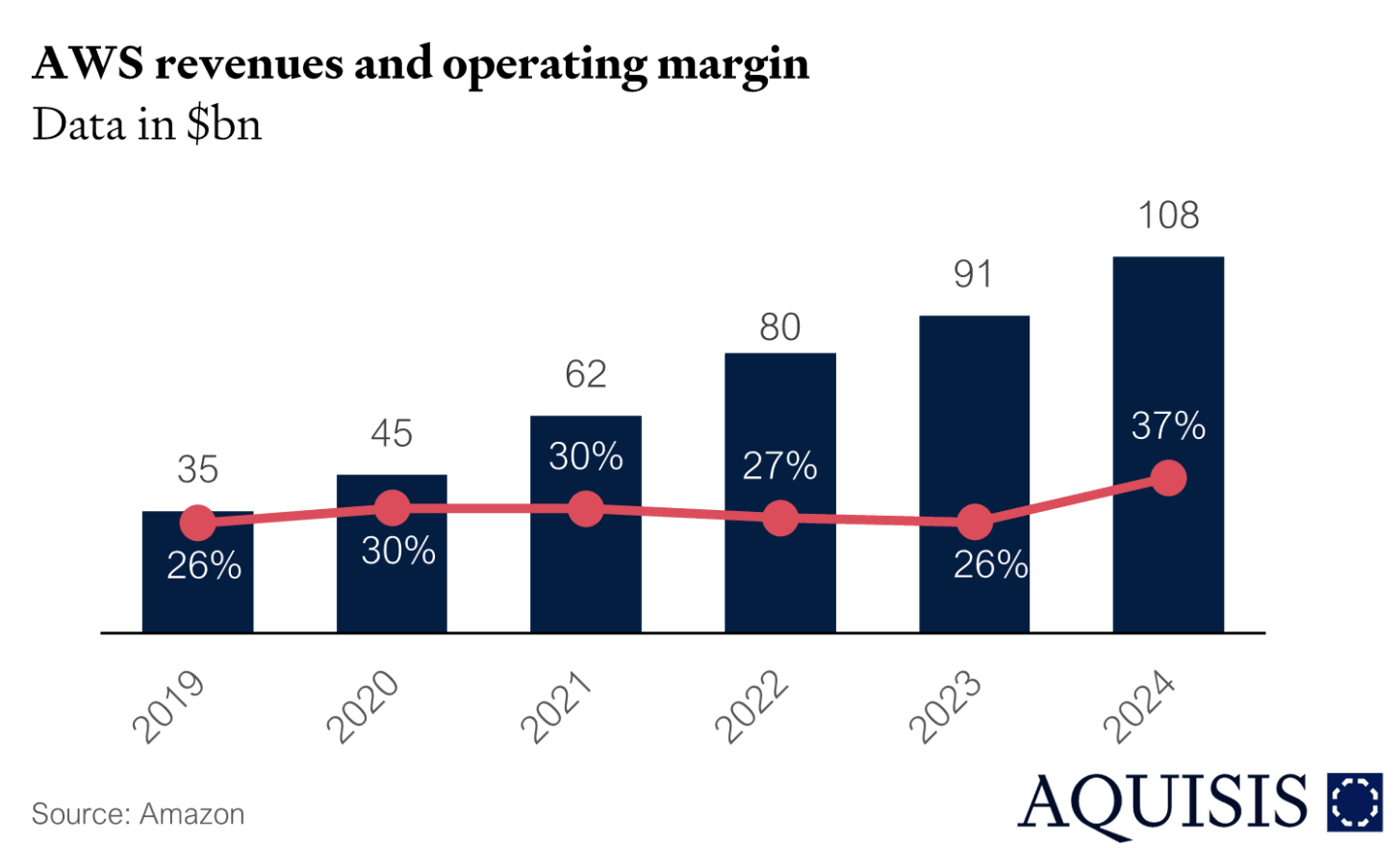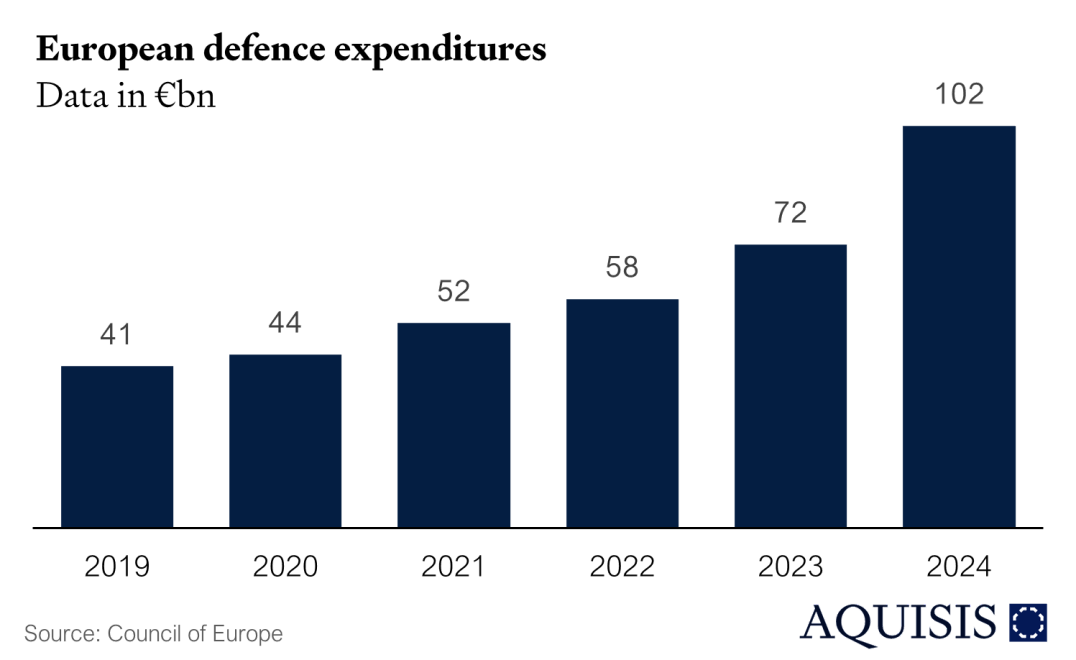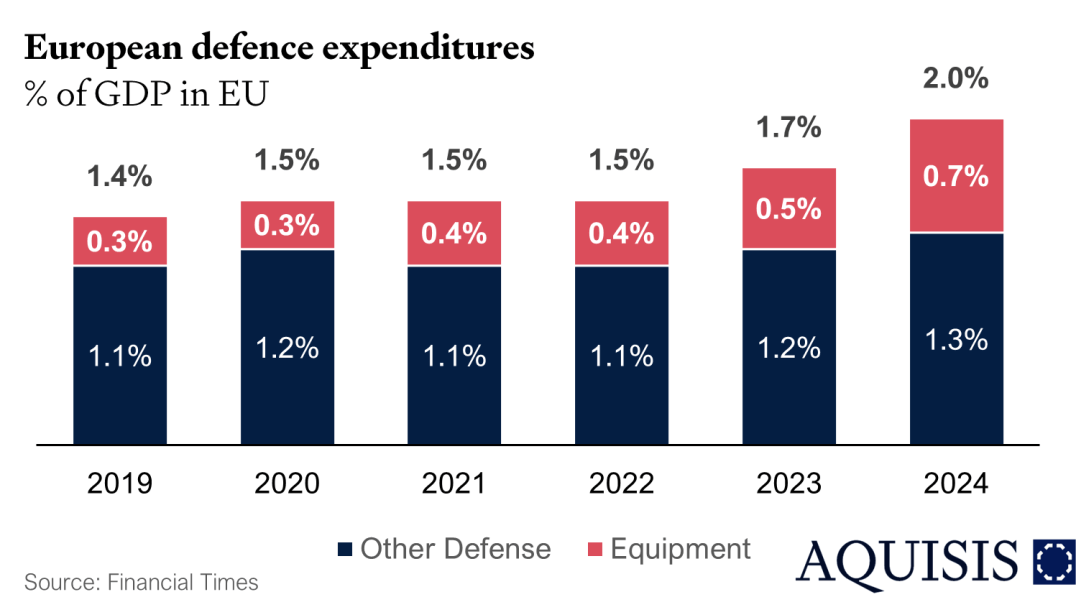
Market shifts are inevitable, driven by economic changes, technological advancements, consumer preferences, and global disruptions. Organizations that successfully adapt to these pivots demonstrate strategic flexibility, leveraging agility to turn uncertainty into opportunity. Research indicates that firms capable of rapid adaptation often outperform rigid competitors, particularly in volatile industries (David Teece, 2016). By analysing how companies pivot effectively, we can uncover key lessons in organizational resilience, strategic foresight, and innovation.
Economic and management theories provide insight into why some firms excel at market pivots while others struggle. The dynamic capabilities framework suggests that firms with strong sensing, seizing, and transforming abilities can reconfigure their resources to capitalize on changing market conditions. For instance, Netflix successfully transitioned from DVD rentals to online streaming by leveraging its technological capabilities and consumer data analytics. Similarly, contingency theory posits that organizational structure should align with external conditions to maximize performance (Lawrence & Lorsch, 1968). Flexible organizations embrace decentralized decision-making, allowing for quicker responses to market shifts. A study by Volberda and van der Weerdt found that firms with adaptive structures are 30% more likely to achieve sustained growth after a market disruption (Henk W. Volberda, 2012).
Amazon’s ability to pivot from an online bookstore to a cloud computing giant exemplifies strategic flexibility. Recognizing the potential of cloud services, Amazon Web Services launched in 2006, eventually becoming a $100bn business segment by 2024. This shift was facilitated by Amazon’s culture of experimentation and investment in digital infrastructure (Group, 2025).
Inditex, Zara’s parent company, maintains flexibility through a responsive supply chain. Unlike traditional retailers, Zara produces smaller batches and adjusts designs based on real-time consumer feedback. This adaptability has allowed Zara to maintain a competitive edge despite disruptions such as the COVID-19 pandemic (Pankaj Ghemawat, 2006).

Organizational strategies for effective market pivots focus on agile decision-making, sustained innovation investment, diversification, digital transformation, and fostering a culture of adaptability to navigate and thrive in shifting market landscapes:
1. Agile Decision-Making: Research suggests that organizations with decentralized decision-making structures can respond to market changes 25% faster than those with rigid hierarchies (Yves L. Doz, 2010).
2. Investment in Innovation: Firms that maintain R&D investments during downturns are more likely to emerge stronger post-crisis. A McKinsey study found that companies that sustained innovation spending during the 2008 financial crisis outperformed competitors by 10% in revenue growth within five years (Jordan Bar Am, 2020).
3. Diversification and Risk Management: Organizations that diversify their revenue streams tend to be more resilient. Apple’s decision to expand into services (e.g., Apple Music, iCloud) reduced its dependence on hardware sales, making it less vulnerable to smartphone market saturation (May, 2019).
4. Cultural Adaptability: Companies fostering a culture of experimentation and learning tend to outperform rigid competitors. Google’s “20% time” initiative, which allows employees to work on side projects, led to the development of products like Gmail and Google Maps.
5. Digital Transformation: Cloud computing, AI, and data analytics enable firms to anticipate and respond to market shifts efficiently. A study by the Harvard Business Review found that digital-first firms are 2.5 times more likely to successfully pivot during disruptions (Dukach, 2022)

The increasing geopolitical tensions and global conflicts have underscored the necessity for higher investment in defense and security, influencing market pivots across industries. Global military expenditure reached $2.4tn in 2023, marking the steepest year-on-year rise since 2009. More recently, Europe has developed a will to achieve strategic autonomy and compensate for the apparent withdrawal of the US as geopolitical guarantor. Examples include, the proposed €500bn special defense fund in Germany, or France considering increasing defense spending from ±2% to >3% (equivalent to a 50% rise).
This surge has prompted a reassessment of investment strategies, with private equity and venture capital firms increasing their exposure to defense-related sectors. The digitalization of defense, driven by advancements in AI, cybersecurity, and unmanned military systems, has opened new investment avenues. Additionally, dual-use technologies, those applicable in both defense and civilian markets, such as GPS and cybersecurity, are attracting greater funding due to their scalability and commercial viability. This evolving investment landscape highlights how organizations must remain flexible in reallocating capital to high-growth sectors amid shifting global priorities (Kupec, 2025).

Struggling traditional industries, particularly automakers, offer a compelling case for pivoting into defense as a means of leveraging existing capabilities and securing long-term growth. The European automotive supply chain, facing declining demand for combustion-engine vehicles and the rapid shift to electric mobility, could adapt their engineering expertise to meet the increasing demand for military and defense-related applications. The vast and specialized network of suppliers, which has developed in Europe, already possess advanced manufacturing infrastructure, high-precision engineering capabilities, and expertise in autonomous vehicle technology, elements that align with modern defense needs.
Aerospace and defense industries are increasingly integrating AI, automation, and electric propulsion systems into military vehicles, drones, and logistics solutions. By repurposing their R&D efforts, the automotive industry could develop autonomous military transport vehicles, hybrid-electric armored personnel carriers, or AI-powered logistics systems for defense forces. This transition is already underway, with firms such as Rheinmetall, a defense contractor with automotive roots, expanding its production of military vehicles and weapon systems. Similarly, BMW’s advancements in battery technology and autonomous driving systems could be applied to military-grade electric vehicles and reconnaissance drones. Europe, in fact, has quite some catching up to do. Not only are the world’s biggest defense companies almost all American or Chinese, but the US also invests multiple times more in defense R&D: When announcing the €8bn European Defense Fund last year, Josep Borell cited a defense R&D gap of €14bn in the EU vs. €130bn in the US.
Beyond manufacturing, automakers could also capitalize on government contracts to ensure financial stability. Defense procurement spending in the European Union and NATO has surged, with initiatives like the €1bn NATO Innovation Fund fostering new military technologies. By strategically aligning with these initiatives, traditional automotive companies could transition into dual-use technology providers, supplying both civilian and defense sectors. With a projected increase in EU defense spending by up to 50%, and most increases recently going into equipment, there are ample opportunities for those willing and able to pivot.
The ability to pivot effectively is a defining characteristic of resilient organizations. Firms that embrace agility, invest in innovation, and foster an adaptive culture are better positioned to navigate market shifts. As global uncertainties increase, organizations must continue refining their dynamic capabilities to sustain competitive advantage. Policymakers, in turn, should support strategic flexibility through targeted initiatives that foster entrepreneurship, digital transformation, and workforce adaptability. By examining case studies and research-backed strategies, it becomes clear that the key to long-term success lies not in avoiding market shifts but in leveraging them as opportunities for growth.
Associate
Managing Partner
David Teece, M. P. (2016). Dynamic Capabilities and Organizational Agility: Risk, Uncertaintym and strategy in the innovation economy. California Management Review.
Dukach, D. (2022). Research Roundup: How Technology Is Transforming Work. Harvard Business Review.
Group, S. R. (2025). Cloud Market Jumped to $330 billion in 2024 – GenAI is Now Driving Half of the Growth. Synergy Research Group.
Kupec, B. (2025, January 6). How the defence sector is attracting growing investment. Moonfare.
Lawrence, P. R., & Lorsch, J. W. (1968). Organization and Environment: Managing Differentiation and Integration. Administrative Science Quarterly.
May, P. (2019). The Great Convergence: Information Technology and the New Globalization. Review of Political Economy.
Pankaj Ghemawat, J. L. (2006). ZARA: Fast Fashion. Harvard Business Review.
Yves L. Doz, M. K. (2010). Embedding Strategic Agility: A Leadership Agenda for Accelerating Business Model Renewal. Long Range Planning.
Website Building Software